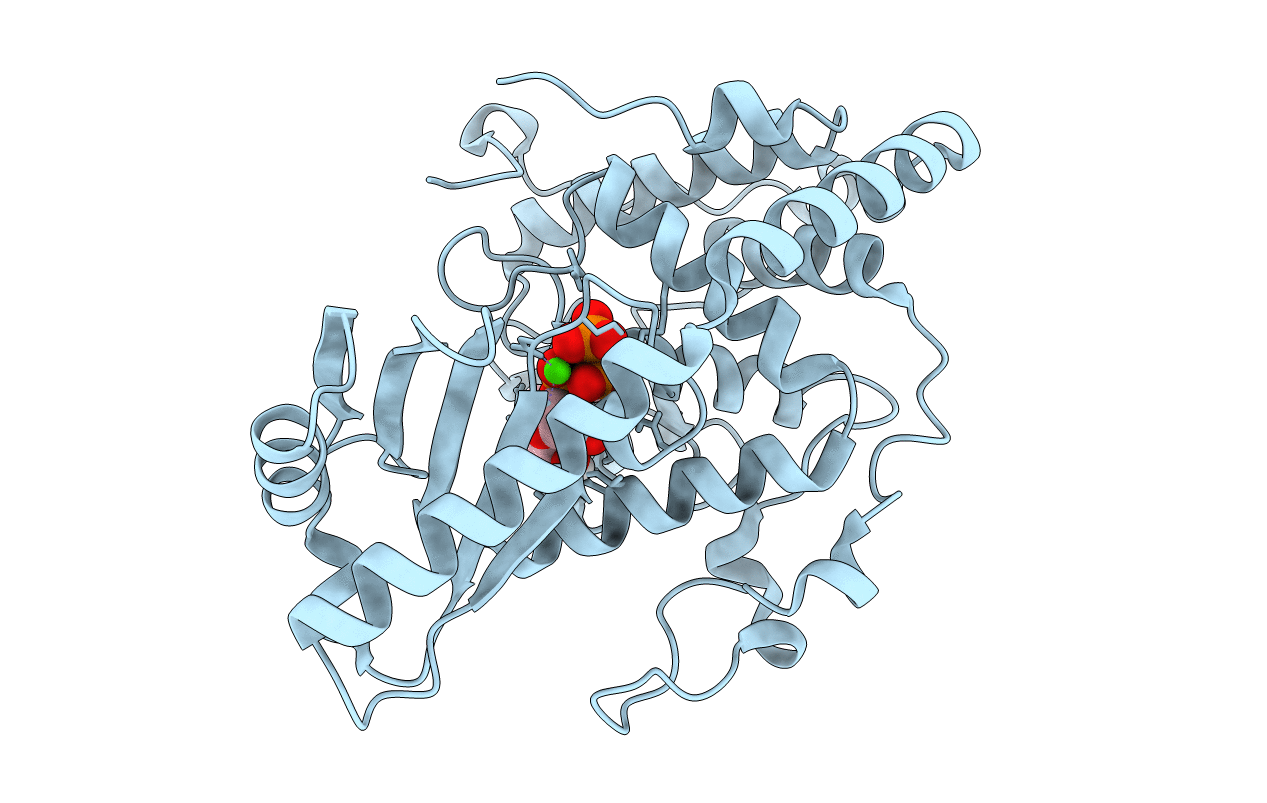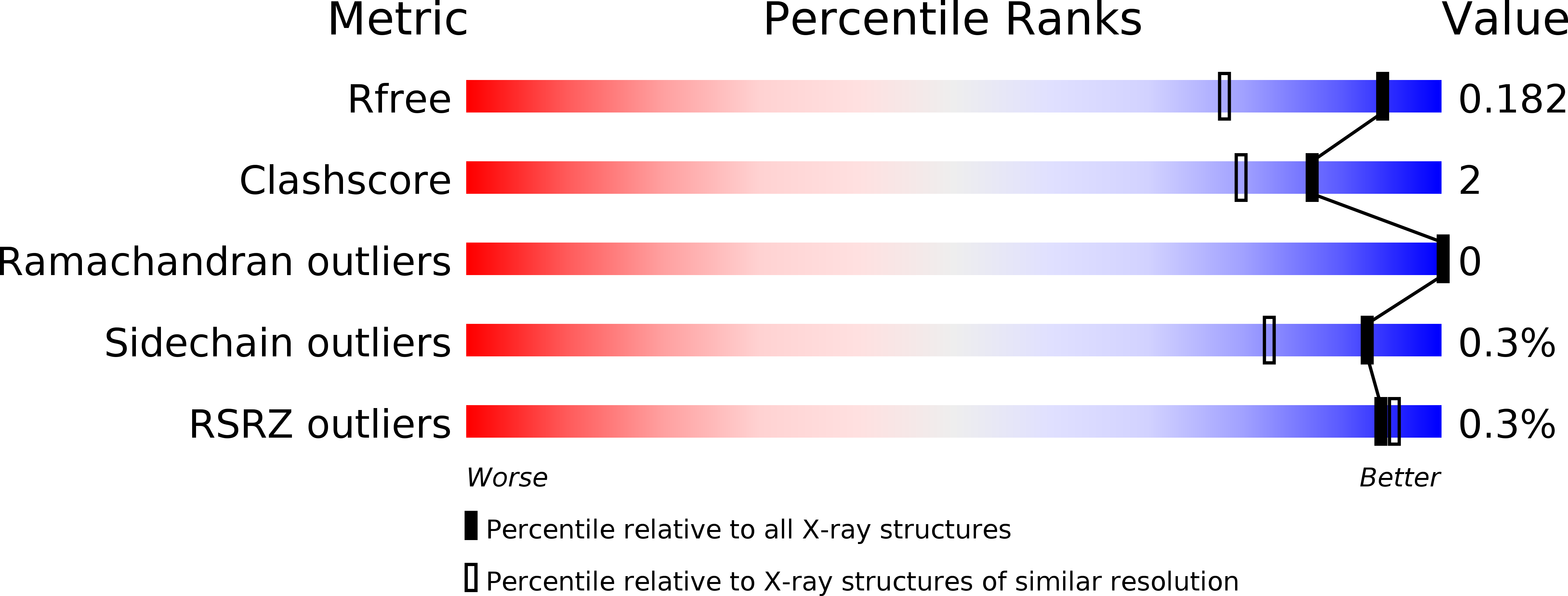
Deposition Date
2020-04-29
Release Date
2020-08-05
Last Version Date
2024-10-23
Entry Detail
Biological Source:
Source Organism:
Thermothielavioides terrestris NRRL 8126 (Taxon ID: 578455)
Host Organism:
Method Details:
Experimental Method:
Resolution:
1.45 Å
R-Value Free:
0.18
R-Value Work:
0.15
R-Value Observed:
0.15
Space Group:
C 2 2 21


